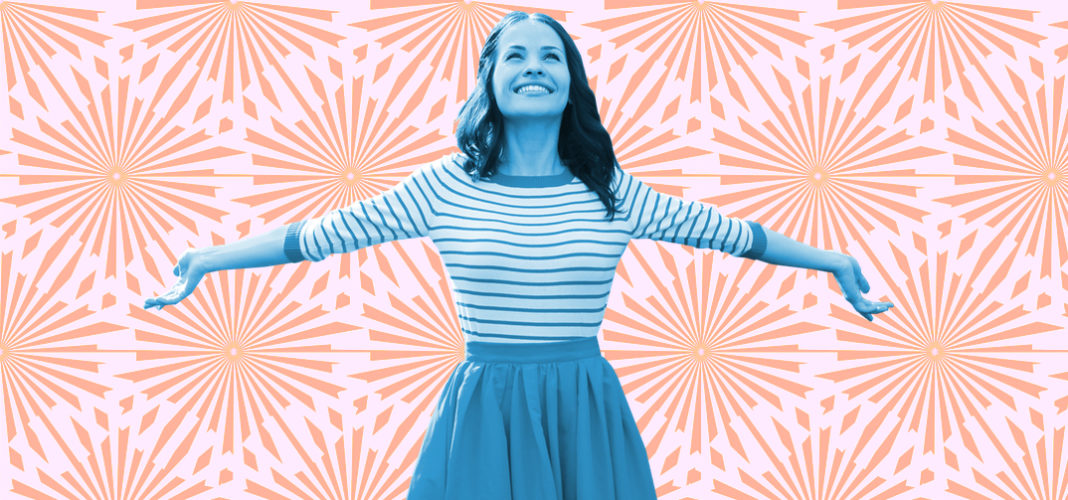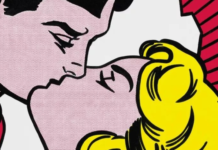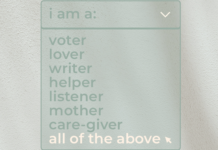There are some people we naturally love to be around. They are like sunspots, giving off warmth and radiating good energy. There are others we avoid like the plague. They suck the energy out of room and make us feel self-conscious and insecure.
Science suggests there is something to this. An article in Scientific American explains the phenomenon of good and bad vibes:
No one needs a study to tell them that they feel good when interacting with some people and bad around others. But the striking conclusion of this research is that without trying or even being aware of it, each person gives out a vibe—the researchers dubbed it “trait affective presence”—that affects everyone they come into contact with in the same way.
We know that one person’s mood can influence another’s, a principle referred to as emotional contagion, but trait affective presence is different:
Trait affective presence, in contrast, is the tendency to consistently elicit the same emotions in everyone around you, regardless of what mood you happen to be in.
In other words, an individual’s personal level of happiness does not automatically mean they make others feel good. In fact, a happy person can have a Debbie Downer effect on others. So even the most kind or altruistic person may induce anxiety in the people they meet.
In romantic settings, trait affective presence is especially powerful. In a speed-dating study, the two most common feelings that people tended to bring out in others were enthusiasm and boredom.
This makes sense:
When people are looking for a potential romantic partner they pay much more attention to the degree to which they feel aroused.
Why some people make others feel good and others don’t remains unclear. It may have something to do with non-verbal cues and warmth. Charisma may play a role, too. As I have written about before, charisma can be cultivated.
Your assignment:
Let your light shine so brightly that others can see their way out of the dark. ~Katrina Mayer
I wish you all the best,
Dr. Samantha Boardman






